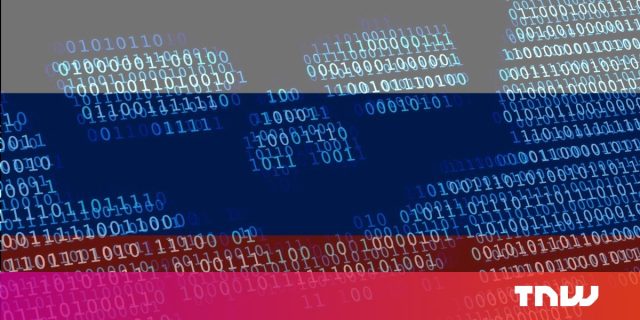

Cybercriminals with ties to the Russian govt have been uncovered to piggyback on hacking instruments developed by Iranian risk groups to mount their own assaults towards 35 countries.
The findings — dependent on a joint report by the US Nationwide Safety Agency and the UK’s Countrywide Cyber Security Centre (NCSC) — reveal the target of the activity was mainly in the Middle East, the place the targeting interests of both Innovative Persistent Threats (APTs) overlap.
Named Turla (aka Snake, Uroburos, Waterbug, or Venomous Bear), the point out-backed APT is believed to have infiltrated spyware tools such as Neuron and Nautilus — the two of which are believed to be the handiwork of Iranian hackers — to further its own aims without their understanding.
“Those guiding Neuron or Nautilus were almost unquestionably not conscious of, or complicit with, Turla’s use of their implants,” the NCSC stated.
The report also confirms preceding exploration from Symantec back again in June, which uncovered a single of Turla’s assaults to involve the use of infrastructure belonging to Iranian espionage collective recognised as APT 34 (aka OilRig or Crambus).
The actuality that an Iranian hacking team was itself hacked by yet another group to spy on other nations and goal far more victims demonstrates the evolving sophistication of cyberattacks.
Per the NCSC, Turla went on to use the Iranian operational infrastructure to deploy its individual rootkit implants to acquire data on victims, specifically military services institutions, governing administration departments, scientific organisations, and universities.
Aside from exploiting the Command and Manage (C2) infrastructure of Iranian APTs to deploy their own resources to victims of curiosity, the Russian group targeted its endeavours on siphoning data off OilRig using keyloggers.
“This obtain gave Turla unparalleled perception into the practices, strategies and techniques (TTPs) of the Iranian APT, together with lists of energetic victims and qualifications for accessing their infrastructure, together with the code wanted to construct variations of instruments such as Neuron for use totally independently of Iranian C2 infrastructure,” the NCSC concluded.







